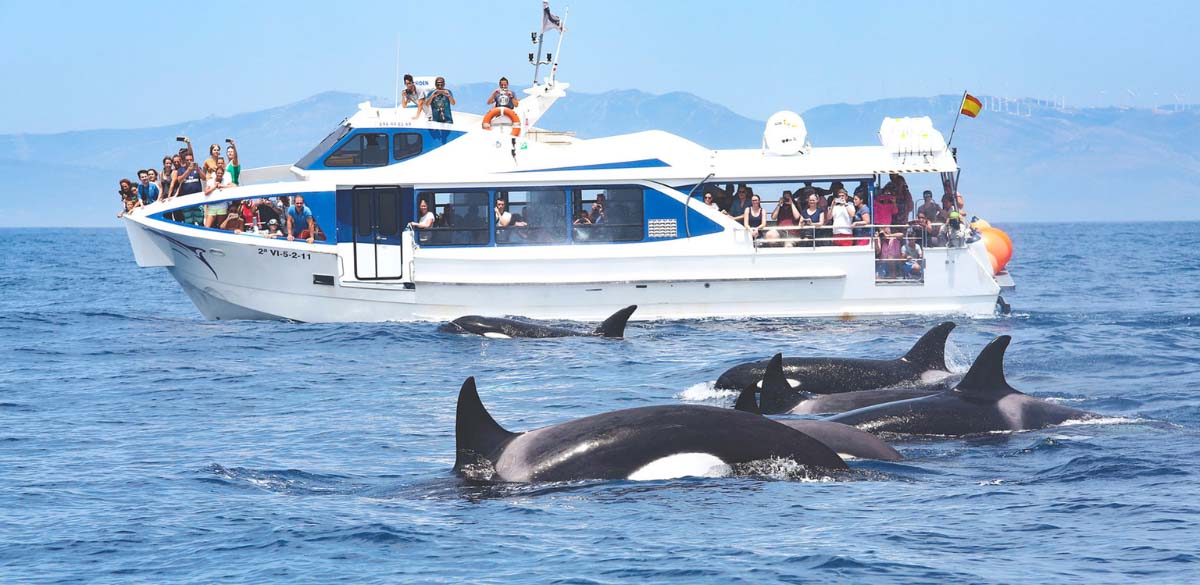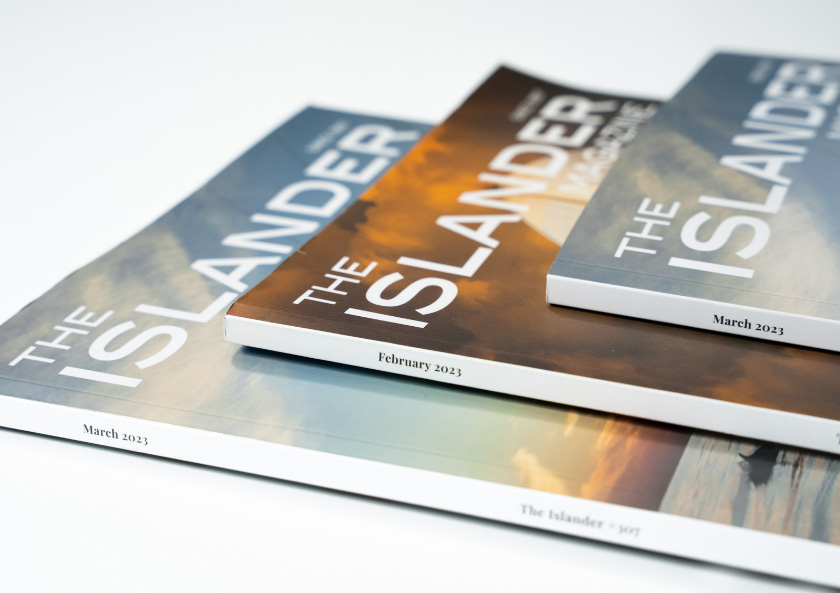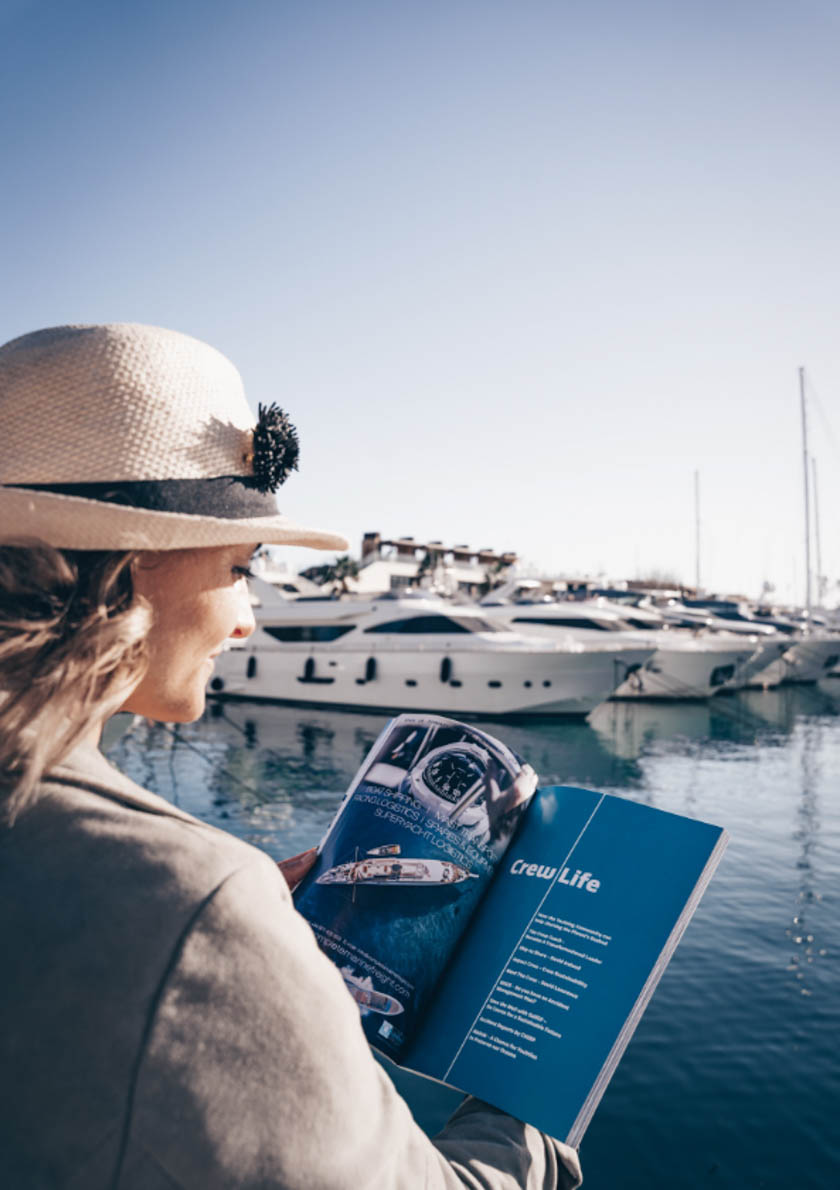Encountering wildlife at sea can be an amazing experience for many, and especially in the case of whales and dolphins (known as cetaceans). Many people enjoy seeing these animals on board specialised whale-watching boats, but yachters are also used to encountering them in the open sea. Very often, dolphins will inevitably approach a vessel for inspection, sometimes swimming at the bow (known as “bowriding”).
Playing it safe
It can be useful to remember thatSpain has national cetacean protection legislation (Royal Decree 1727/2007) regulating how vessels can interact with these animals when they encounter them. Here is a brief infographic summarising how a vessel should behave around a pod, with stricter rules if the group has infants. Don’t go over 4 knots, or make any sudden changes in speed or direction.
The safest action that we recommend is not changing course and allowing the dolphins to dictate terms. If they approach, you may want to consider slowing down or turning off the motor entirely just to be on the safe side. This should ensure an enjoyable and safe encounter for all.
Interaction or aggression?
However, you may have read reports in recent years involving orcas (also known as “killer whales”) damaging small yachts. This is mainly off Galicia, Portugal and near the Strait of Gibraltar. What the orcas intend and why they do it is an interesting question that is still being studied but here we focus on the priority – the safety of yachters and how to minimise damage to a vessel.
During favourable weather conditions, an unexpected interaction with an orca could result in the boat getting towed to the harbour. However, some of these events have occurred during adverse sea conditions and at night, which increases the risk of danger exponentially, so we thought it would be helpful to share some information with you all.
Instant info apps
The best website for quick and synthesised information on how to respond in the event of orcas interacting with your vessel is this one run by a team of experts:
Summary of key protocol points
This site contains a protocol as well as some frequently asked questions, both in English and Spanish. All this information is also available on the “GT ORCAS” App for Apple and Android, including a map of known sightings, and more.
As an extra measure, we also recommend the use of this mobile App by Spain’s maritime rescue “Salvamento Marítimo” which allows you to register your vessel and planned voyage.
Salvamento app
Maritime Rescue is then able to view if you stray too much from the course, ensuring quick action is taken. It’s important, however, to note that this app doesn’t replace AIS or other measures, but is more of a complementary option.
We hope you never have to use this information, but now you have a quick reference of how to interact with whales and dolphins in the wild and, in particular, the orcas that have made a habit of damaging rudders. Following these recommendations will help minimise damage and hopefully, discourage the orcas in the future!































0 Comments